How to hook up a portable generator
- By BISON
Table of Contents
Electricity is an integral part of modern life. In addition to providing lighting, it powers phones, entertainment equipment, and critical household elements. These include the HVAC and security systems.
While the grid is generally a reliable source of electricity, outages often occur. Extreme weather events, short circuits, and transmission line or substation problems can cause this.
When this happens, you do not have to stay in the dark without heating or cooling. With a generator, you can restore power to your home. That’s why portable generators are essential to most people’s emergency preparedness plans.
It would help to have it safely hook up whenever you need backup generator power. In this article, you’ll gain great insight into how to hook up a portable generator to your house and some essential tips to remember.
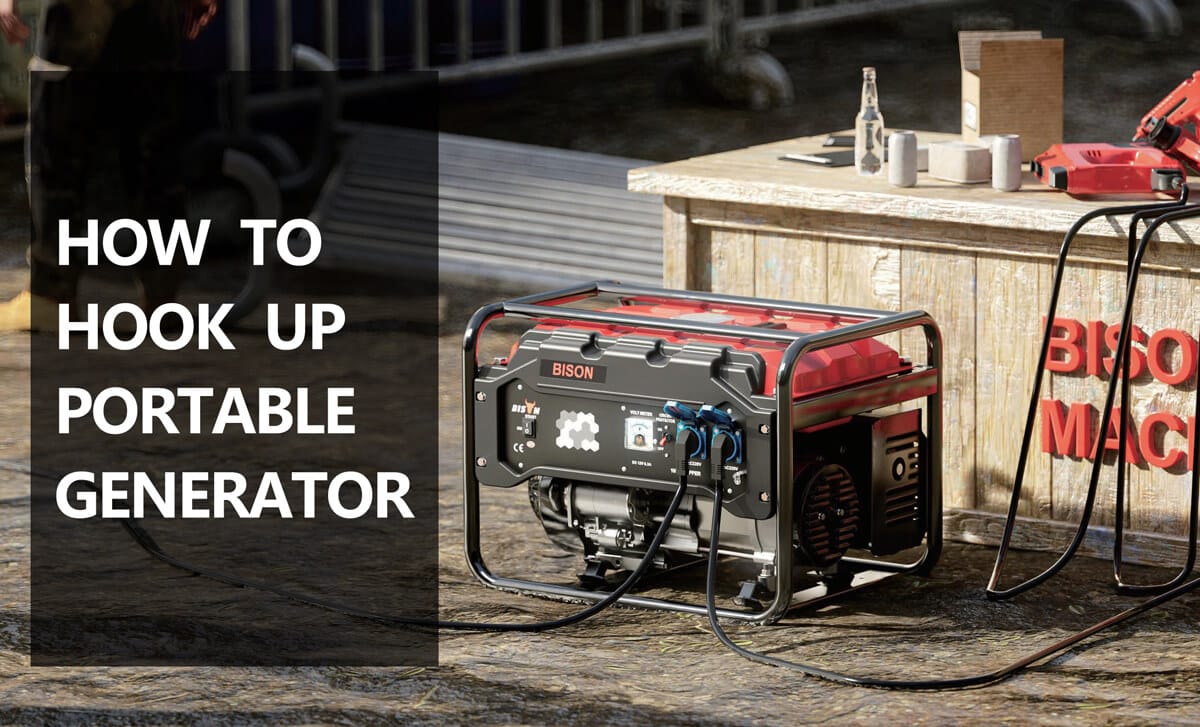
How to hook up a portable generator to a house
Hooking up a portable house generator is not the same as plugging other appliances into an outlet. You have a lot to think about and have to get everything right.
Otherwise, you could unknowingly risk yourself, your loved ones, and your property. Here are some steps to guide you:
#1 Plan ahead
Portable generators are valuable assets in emergencies. Plan ahead, this will allow you to evaluate and determine the best generator for your needs. If you wait until your grid is depleted, you’re purchasing in a rush. And there’s a good chance you’ll be purchasing it for an extremely high price.
Once you get it, you must also figure out how to use it during a power outage. This involves figuring out where to place it and where the extension cord will go through.
When using a portable generator, it is recommended that you choose which parts of your home you power. This is to avoid overloading and to protect the fuel source.
So list the appliances and parts of the house that you want to light up. Then, add their peak wattages and make sure they don’t exceed the generator’s capacity.
#2 Do not use double male plugs
A double male plug can be used to power your home. Since it is such an easy method, it is used by many people.
However, it is dangerous, and you should not use a double male plug to power your house. This is because:
- You will violate the electrical code.
- It’s illegal in most places.
- If you don’t disconnect the main circuit breaker, you could shock the company lineman, leading to legal liability.
- Since the prongs of the male plug are exposed, it is vulnerable to electric shock.
Maybe, the generator produces a higher voltage than the outlets, wires, and circuit breakers can handle. Therefore, if a double male plug is used, it can easily cause a fire.
#3 Gather the necessary supplies
You will need additional consumables beyond what comes with your BISON generator. Remember that every power supply you purchase to help plug into your generator should match your generator and breaker’s amperage. These include:
- Transfer Switch: This device allows you to safely connect your generator to your home’s electrical system. It isolates your home from the grid, preventing backfeeding.
- Inlet Box Hookup: Installed outside your house, this box has a recessed male connector for safe and convenient connection to the generator.
- Wire: Purchase the appropriate wire gauge size for your needs depending on your needs, depending on the red, black, white, and green generator output.
Some other things you’ll need include:
- electrical conduit and fittings
- Extension cord
- Conduit glue
#4 Find the perfect location for your generator
One of the most vital things when setting up a portable generator is where you put it. There are other factors you should consider besides convenience when connecting.
First, if your generator runs on a gasoline engine, never place it inside the house. This is because they produce carbon monoxide fumes which can be life-threatening.
Ideally, run outdoors on an open porch, patio, or driveway. However, do not place it where it will be exposed to rain.
Also, the generator noise can be thunderous, which can be irritating. Therefore, try to place it where it will not be a nuisance.
Once you’ve found an excellent place to put it, ensure the extension cord is long enough. Whether you run a diesel generator or gasoline powered, ensure you have enough fuel.
#5: Connect generator to your home’s electrical system
Connecting your portable generator to your home’s electrical system is a critical step that requires precision and safety. There are two main methods: using a transfer switch or extension cords.
Option 1: Transfer Switch
A transfer switch is a dedicated device that allows for a safe, direct connection between the generator and your home. It isolates your home from the grid, ensuring that power only flows in one direction, from the generator into your home’s electrical system. This prevents backfeeding, a dangerous situation where electricity flows back into the grid, posing a risk to utility workers.
How to Connect Using a Transfer Switch?
Installation: First, have a certified electrician install the transfer switch. This is not a DIY task and requires professional handling to ensure safety and compliance with local codes.
Prepare the Generator: Once the transfer switch is installed, start your generator and let it run for a few minutes to stabilize.
Switch Power Source: Move the main breaker in the transfer switch from the “Line” position to the “Off” position. Then move the generator’s breaker to the “Gen” position. This redirects the power source from the grid to your generator.
Option 2: Extension Cords
Extension cords can be used if a transfer switch is not available. However, they should be heavy-duty, outdoor-rated cords that can handle the wattage of your appliances.
How to Connect Using Extension Cords:
Check the Ratings: Ensure the extension cords are rated for the wattage of your appliances. Overloading can lead to overheating and fire hazards.
Plug in Appliances: Plug your appliances directly into the generator’s outlets via the extension cords. Prioritize essential appliances and stay within the generator’s capacity.
Remember, safety is paramount. Always operate your generator outdoors, away from windows and doors, to prevent carbon monoxide poisoning. And never try to power the house wiring by plugging the generator into a wall outlet, a dangerous practice known as backfeeding.
#6 Make the most of your portable generator
With everything in place, all that’s left is to use the generator during a power outage. Follow these steps when using the generator:
- Make sure the power is off.
- Initiate the generator and allow it to reach a steady operational speed.
- Turn off all breakers on the breaker box
- Turn off the main circuit breaker
- Turn on generator breaker. Open the selected breakers one by one at 5-second intervals to see how the generator handles the load of each circuit.
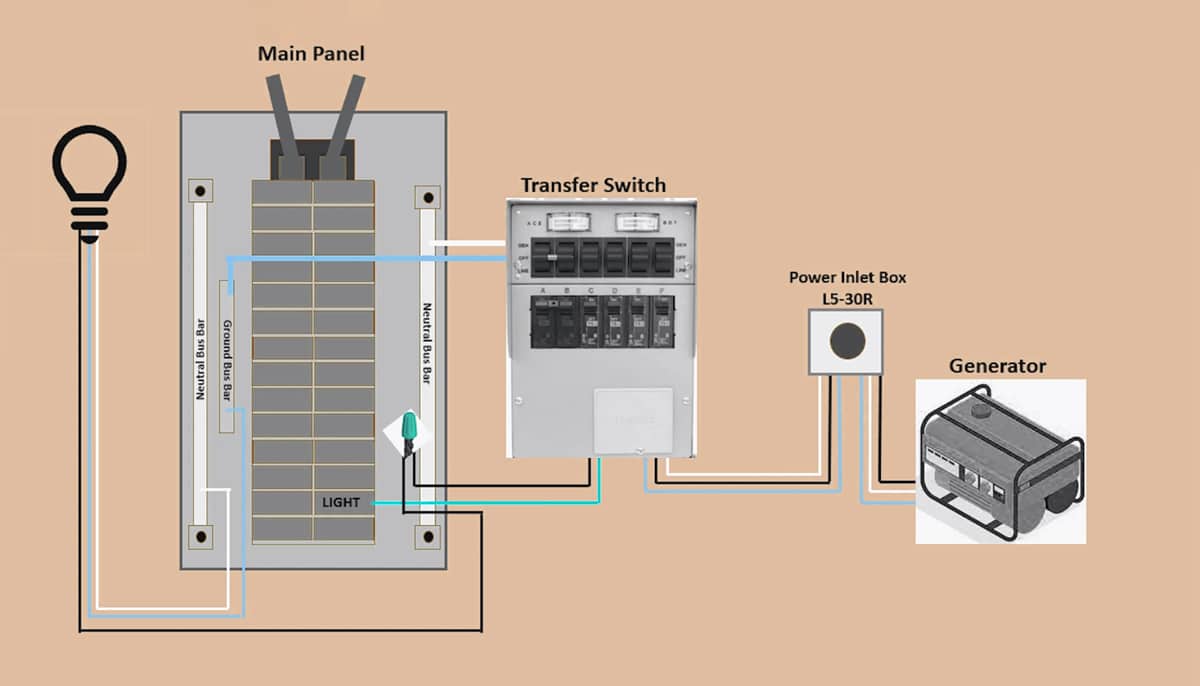
It all starts with the right generator
There are various generators to choose from. However, features can vary greatly depending on the make and model you choose. That’s why it’s crucial to understand your power needs and select a generator that matches them.
At BISON, we’re dedicated to delivering the best portable generators to power homes and offices. We have different models for different needs. So contact us today to find out which model best suits your needs.
Connecting a portable generator to your home involves careful planning and safety measures. Avoid using double male plugs and refrain from backfeeding, opting instead for a transfer switch. If you’re not experienced in electrical work, it is advisable to seek professional help to ensure a safe and correct setup.
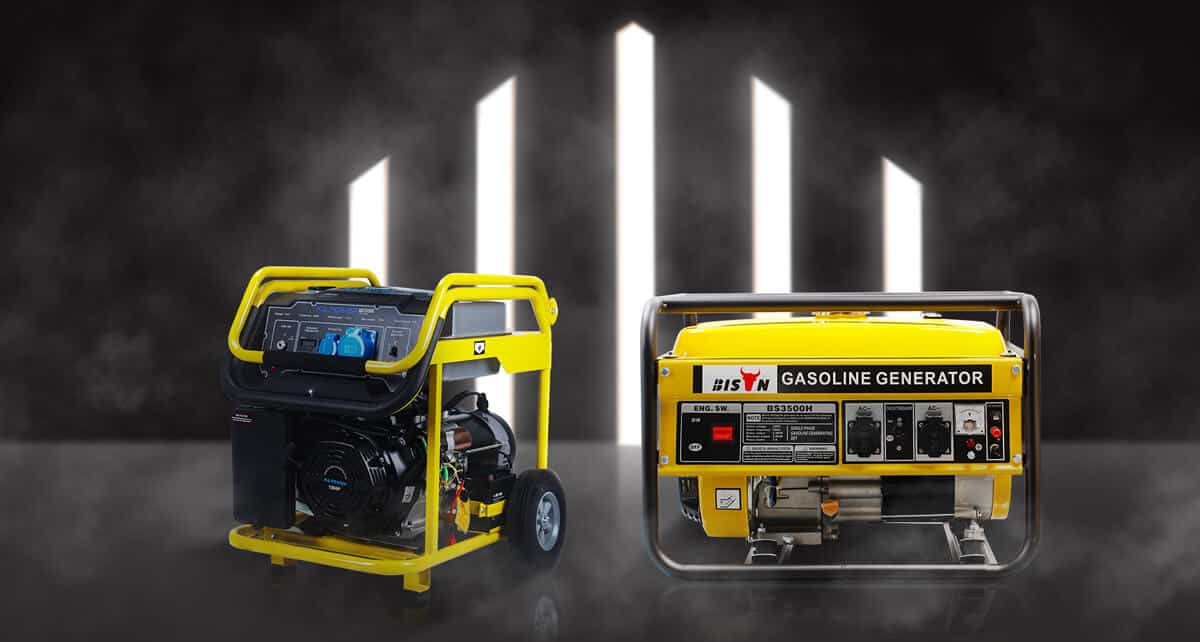
FAQs about hooking up portable generator
Can you plug a generator into an outlet?
No, under no circumstances should you plug a generator directly into a wall socket. This practice, known as backfeeding, is extremely dangerous and can cause fires or electrocution.
What is generator back feeding?
Generator back feeding can be extremely dangerous, leading to death or injury, and is often illegal. Backfeeding occurs when a portable generator is connected directly to a home’s electrical panel rather than using a transfer switch. Never try to do this, as it could have disastrous results. Unfortunately, many people still think it’s possible to hook up a generator to their house through an outlet or something like that. We strongly advise against attempting back feeding and spreading the dangers of this practice to others.
Do I need an electrician to hook up a portable generator?
Portable generators provide a reliable source of power during outages. However, connecting one to your home’s electrical system isn’t a task for the uninitiated. Here’s why:
- Safety: A professional electrician ensures that your generator is safely connected to your home, using a transfer switch. This prevents backfeeding, a dangerous condition where electricity flows back into the grid.
- Regulation Compliance: An electrician can help ensure that your setup complies with local and national electrical codes.
- Proper Installation: Electricians will first install the transfer switch before moving the generator into place. They’ll also connect all needed electric lines.
Most Popular Posts
QUESTIONS?
CONTACT US TODAY.
buy?
Related Posts
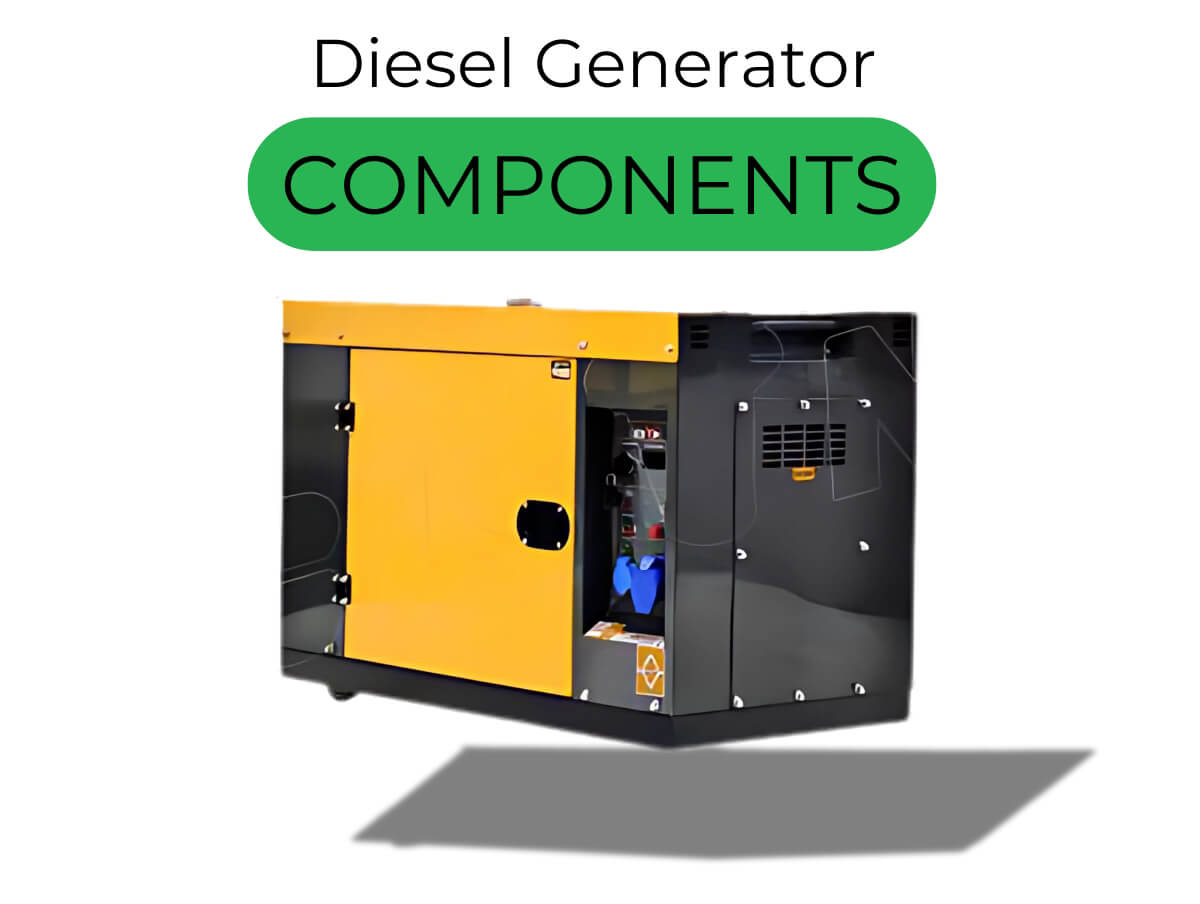
diesel generator components
BISON will explore the key components of diesel generators and understand how each part contributes to their overall performance and reliability.
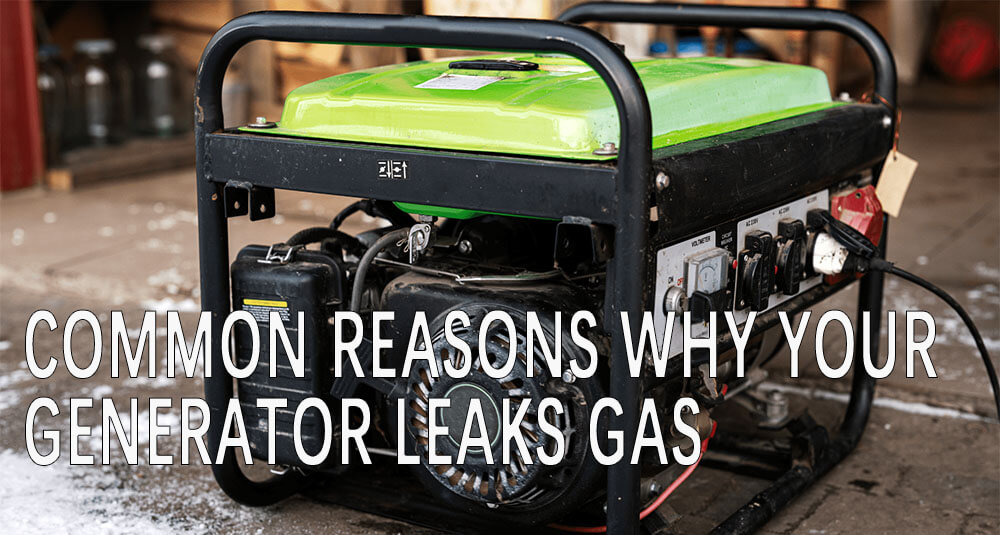
Common reasons why your generator leaks gasoline
In this guide, BISON covers common causes of gasoline leaks, warning signs to watch for, and how to fix the issue.
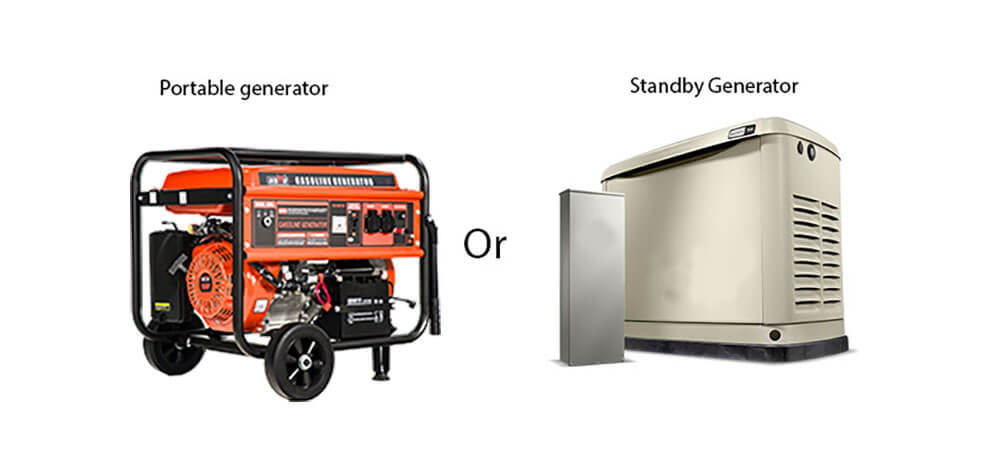
portable or standby generators: which one fits your needs?
This article by BISON breaks down the differences between portable and standby generators. By the end, you’ll find which one fits your needs best.
.png)
-qbpqbzxxvtguiuwezisu6wo6j1i29b4m1el1ir1u8o.png)

